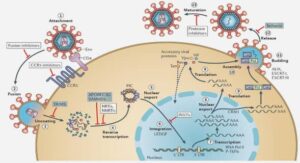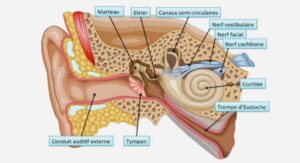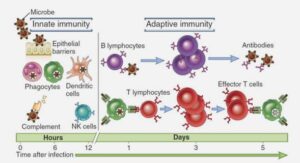Radical Synthesis of 1,2-Diamines
Vicinal diamines represent indispensable structural motifs in many natural and bioactive compounds. Some pharmaceutically interesting substances are presented in Figure 4.1. Massadine is one of the few described inhibitors of geranylgeranyl- -transferase type I (GGTase I), which was isolated from the marine sponge Stylissa Due to the highly valuable medicinal applications of diamines, there has been a great interest in their preparation. We therefore directed our studies on the degenerative transfer of xanthates towards the construction of highly functionalized diamines. Our results will be described in this chapter. A plethora of methods to access diverse 1,2-diamines have been developed in the past decades.126 In the following paragraphs, a few of the more well-known strategies for the synthesis of 1,2-diamines, such as diamination of alkenes, ring-opening reactions of aziridines, reductive coupling of imines and classical named reactions such as the Mannich reaction and the aza-Cope rearrangement will be briefly introduced. 1.1. Diamination of alkenes Diamination of olefins is an effective and concise strategy to synthesize vicinal diamine. It has been intensively studied and reported; however, especially for internal alkenes, accomplishing this difunctionalization with high chemo-, regio- and diastereoselectivity remains a significant challenge. Among various metal-catalyzed diamination protocols, one powerful Cu (I)-catalyzed regioselective diamination of conjugated dienes was developed by Shi and co-workers.127 As shown in Scheme 4.1, various dienes could be regioselectively diaminated by using di-tert-butyldiaziridinone as the nitrogen source. This Cu (I)-catalyzed diamination can be accomplished in good yield even on a large scale.
Recently, another study on the diamination of (Z)-β-methylstyrene based on a palladium (II/IV) catalyzed process was reported by Muniz and co-workers (Scheme 4.2). Phthalimide and bistosylimide as the nitrogen source were incorporated into (Z)-β-methylstyrene.128 This highly chemo-, regio- and diastereoselective reaction can afford the corresponding diamine products on a 17 mmol scale, which is difficult to accomplish by traditional methods. diamines was developed by Swift and Swern,129 who disclosed another possibility to synthesize vicinal diamines from aziridines.130 diamines was developed by Swift and Swern,129 who disclosed another possibility to synthesize vicinal diamines from aziridines.130 A recent study illustrates how this strategy is applied in vicinal diamine synthesis. Gotor and co-workers initially prepared enantiopure aziridines by exploiting the amidase-containing, commercially available bacterium Rhodococcus rhodochrous IFO 15564 for the enantioselective hydrolysis of several unactivated 1-benzyl- or 1-arylaziridine-2-carboxamides (Scheme 4.3). 131 The enantiopure aziridines underwent nucleophilic attack by methanol or by sodium azide to afford the enantiopure 1,2-diamines in good yield. The reductive coupling of imines is one of the most efficient approaches to diamine and has been studied intensively. Recently, Xu and co-workers investigated the reductive coupling of chiral N-tert-butanesulfinyl imines by exposure to 2 equiv of SmI2 in the presence of HMPA(Scheme 4.4).132 The formation of chiral diamines is observed, and this appears to be the first radical dimerization of N-tert-butanesulfinyl imines that has been reported.
A plausible mechanism is shown in Scheme 4.5. The bulkiness of the samarium complex with HMPA results in the rapid formation of the more favorable and stable radical intermediate trans MHX-2 instead of cis MHX-1. The dimerization of MHX-2 gives the stable intermediateMHX-3 which will be converted into the corresponding diamine MHX-4 by hydrolysis. Other powerful methods involving classical named reactions, such as the aza-Cope rearrangement, have been developed by some groups for the construction of diamines. The first synthesis of aryl-substituted meso vicinal diamines via the diaza-cope rearrangement reaction was accomplished by Vogtle and Goldschmitt in 1973.133 Recently, another strategy was developed by Chin and co-workers. 134 It opens access to the more synthetically challenging alkyl-substituted vicinal diamines via an aza-cope rearrangement. As shown in Scheme 4.6, the “mother diamine” HK-1 underwent a directed diaza-Cope rearrangement reaction to make enantiopure “daughter” diamines HK-2. This is an extremely concise approach to build a chiral diamine library.






